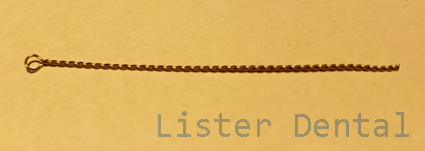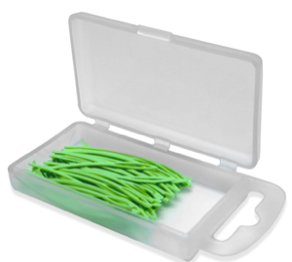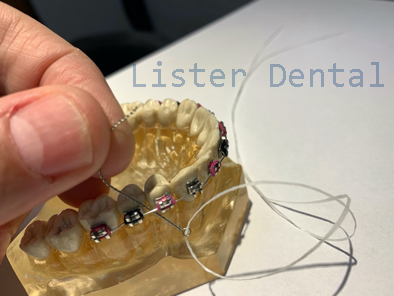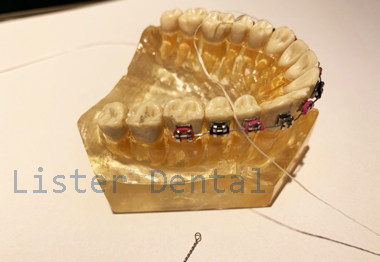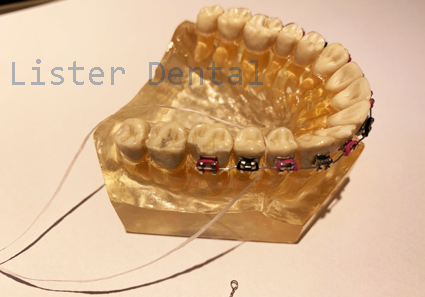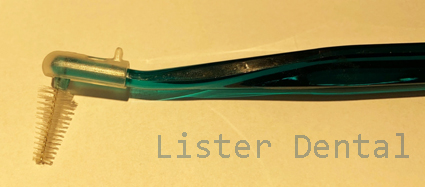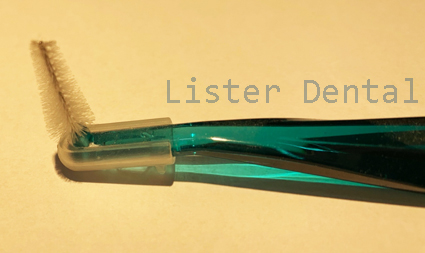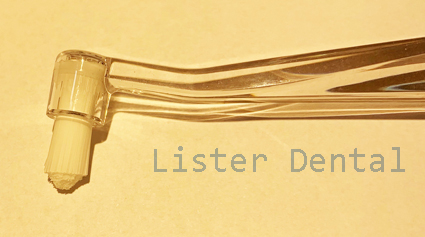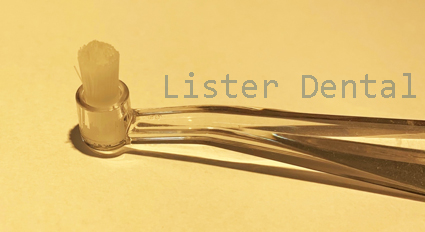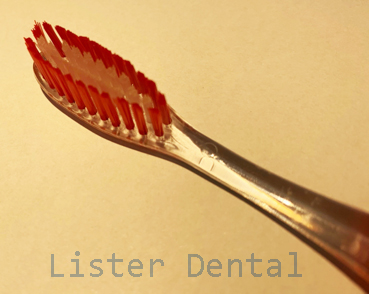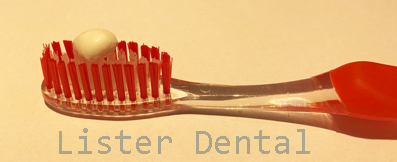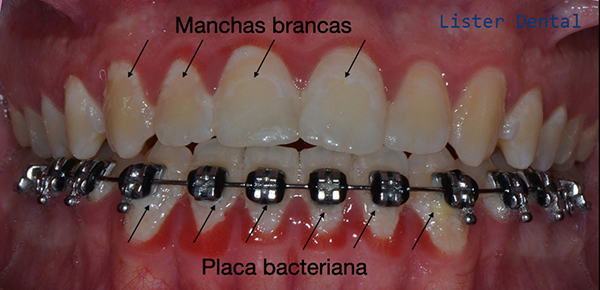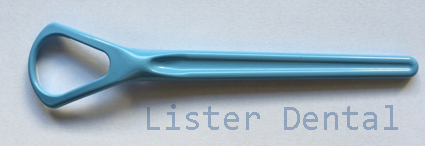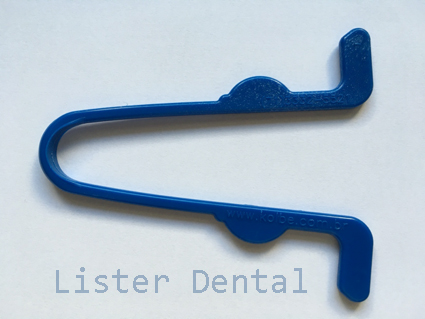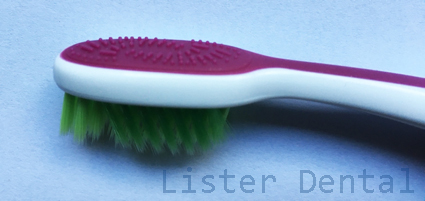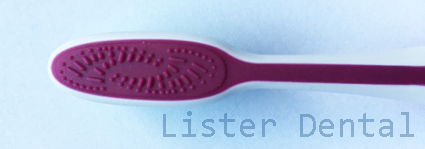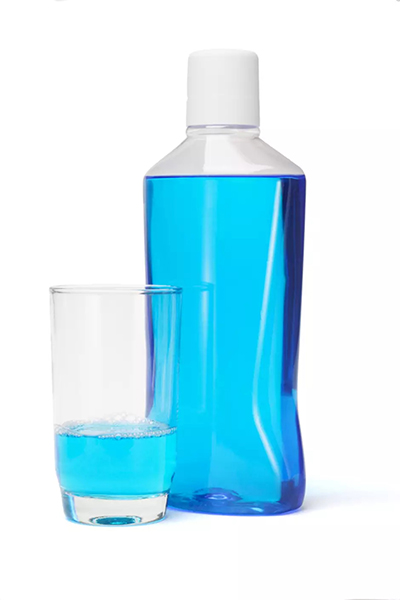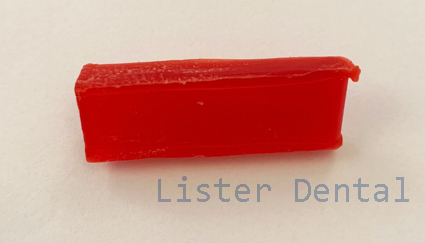Basic brushing guide: Fixed appliance
Fixed appliance:cleaning supports, teeth and gums.Once the brackets and orthodontic wire have been installed in your dental arch, your teeth have been separated into two parts, the upper and lower parts, and your teeth and your fixed orthodontic appliance will need special brushing care. 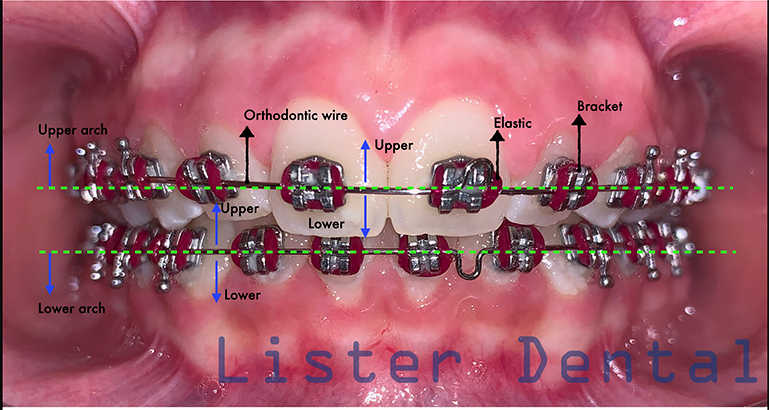
Figure 1: Intrabucal photo with the technical names used for the explanation.
Here are 8 important STEPS for your daily care:ATTENTION: Remove rubber bands and removable appliances.
STEP 1 - Number of daily brushingsLet's go? How many times a day do you brush your teeth? Your brushings from today, after the installation of the fixed appliance, will be 4 times a day, as following: 1. upon waking up (before breakfast), 2. after breakfast, 3. after lunch and 4. the last one after dinner.
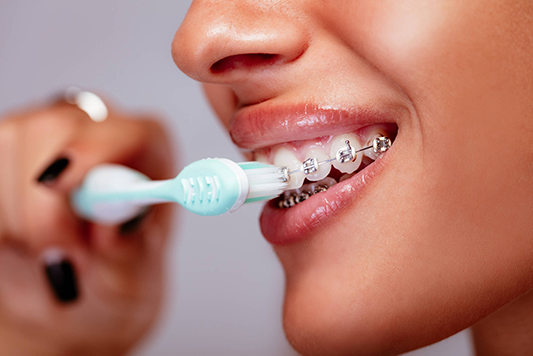
Figure 2: Brushing fixed appliance.
|

